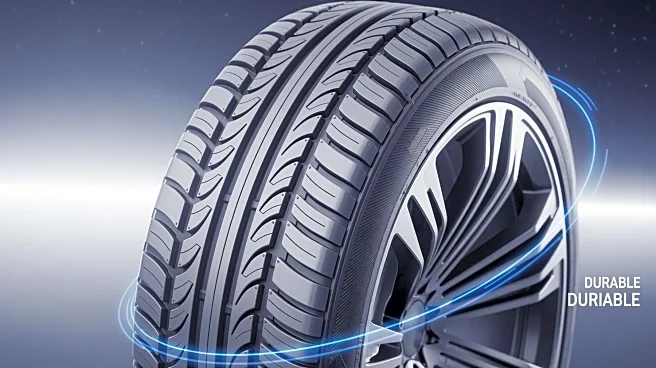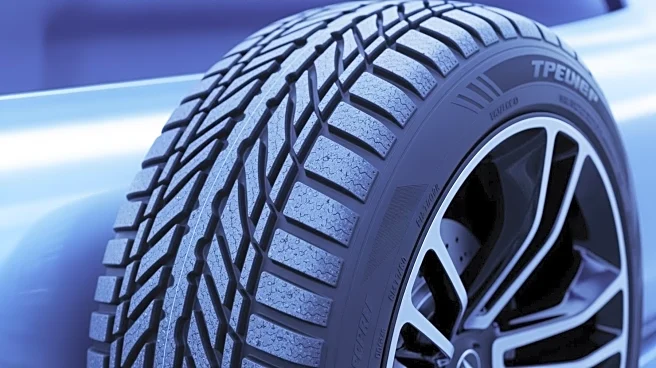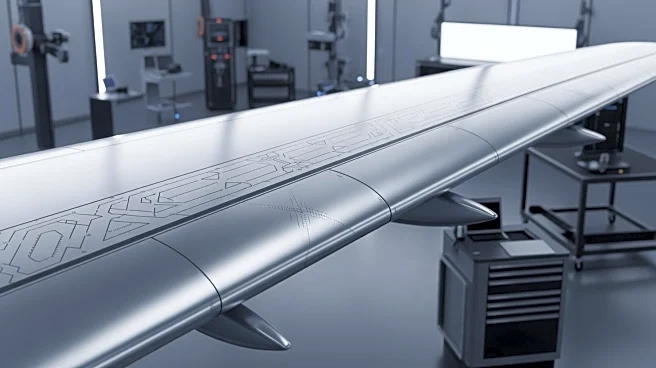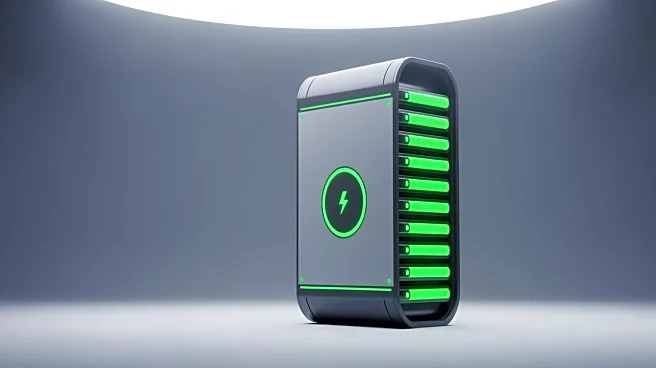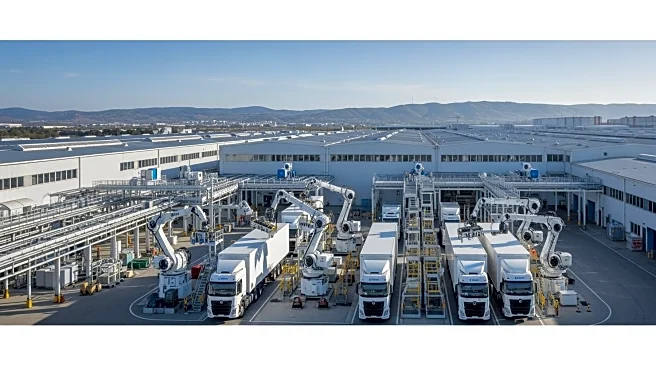What's Happening?
NASA's Glenn Research Center has developed the Superelastic Tire, an airless tire made from shape memory alloys, originally designed for lunar and Martian exploration. This innovative tire, which does not require air and cannot go flat, is now being adapted
for use in personal vehicles on Earth. The tire's design, which allows it to endure extreme conditions and return to its original shape after deformation, is being licensed to commercial manufacturers for potential use in bicycles, cars, and heavy-duty vehicles.
Why It's Important?
The Superelastic Tire represents a significant advancement in tire technology, offering a durable, maintenance-free alternative to traditional rubber tires. Its potential to eliminate flat tires and reduce waste from discarded rubber tires could have substantial environmental and economic benefits. By reducing the need for tire maintenance and replacements, this technology could save consumers time and money, while also contributing to sustainability efforts.
What's Next?
As NASA collaborates with commercial manufacturers, the focus will be on scaling the technology for mass production and ensuring it meets safety and performance standards for consumer vehicles. The successful commercialization of the Superelastic Tire could lead to widespread adoption, transforming the automotive industry and setting a new standard for tire durability and sustainability.
Beyond the Headlines
The development of the Superelastic Tire underscores the potential for space technology to address everyday challenges on Earth. This innovation could inspire further research into sustainable materials and technologies, promoting a shift towards more environmentally friendly and efficient solutions in various industries.
